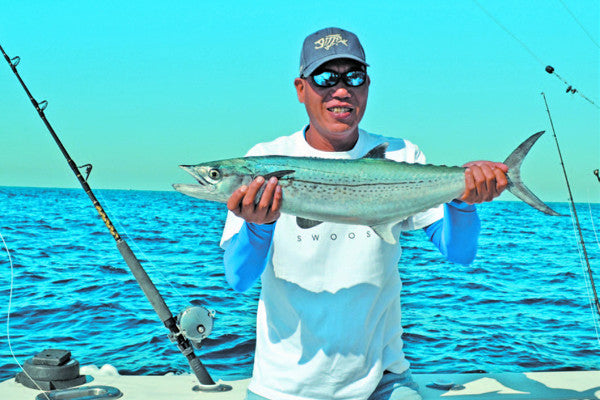For anyone making a living on or near the ocean, the weather is a constant companion. Acquiring knowledge of its future state, anticipating potential impacts, and making sound decisions to plan and execute weather-sensitive voyages are essential tasks for any competent mariner. The winter weather in the Florida Keys can be beautiful, exhilarating, or potentially dangerous. Occasionally, it can be all three at the same time.
The difference between weather and climate has been explained by various sources in the following simple quote: “Climate is what you expect, and weather is what you get”. At NOAA/National Weather Service, an observational record of 30 years is used to represent the climate “normal” for a given weather element. Actually, these “normals” are more accurately described as statistical averages. These averages are updated every 10 years, so the numbers one may view in today’s daily climate report are based on the most recent 30-year observational record, which is the period 1991–2020.
One of the great things about winter weather in the Florida Keys is the temperature-humidity combination (usually!). For most of December, January, and February (a period known as “meteorological winter”), one can expect the air mass in the Florida Keys to be “mild”, sometimes warm, and occasionally cool, but rarely hot, and almost never cold; okay for shorts or a long-sleeved shirt, but rarely requiring a jacket. This is because the cold, polar or arctic air rushing southward off the North American continent will usually modify and warm quickly over the Gulf of Mexico and Atlantic Ocean before reaching the subtropical Florida Keys. At the same time, the sultry maritime tropical air will be pushed to the south, and relegated usually to the Caribbean basin.
Using the Key West International Airport data record, the average daily high temperatures for the months of December, January, and February are 76.0°, 74.3°, and 76.0° (Fahrenheit), respectively. The average daily low temperatures for December, January, and February are 67.0°, 64.8°, and 65.8° (Fahrenheit), respectively.
While wintertime temperature and humidity in the Florida Keys go down, the winds come up. In fact, winter is the “windiest” season in the Florida Keys, on average. Using data from the Florida Keys Coastal-Marine Automated Network (C-MAN) stations, the average sustained (2-minute average) wind for the December–February period is 12–14 knots (gusts 14–17 knots). Contrast this with the June–August average of 8–10 knots (gusts 10–14 knots).
The winter is also the “dry season” in the Florida Keys. Any user of weather forecasts is very familiar with the issuance of “precipitation probabilities” (or, “rain chances”). In the National Weather Service, this number represents the 12-hour probability of “measurable” rain (0.01 inch or greater) falling within a given forecast zone. During the peak rainy season months of August and September, the forecast rain chances typically fall in the range of 30–40 percent. However, during the winter months of December, January, and February, the forecast rain chances typically drop closer to 10 percent. Wintertime rain in the Keys usually occurs along an approaching cold front.
For more information on winter weather and climate in the Florida Keys, please visit the NOAA/Florida Keys National Weather Service web site at weather.gov/key, or find us on Facebook and Twitter (“NWSKeyWest”).
Remember to check the winter weather before heading out on the water, and as always, be weather-ready, and stay safe!
Author: Kennard “Chip” Kasper – Meteorologist-in-Charge at NOAA/Florida Keys National Weather Service



